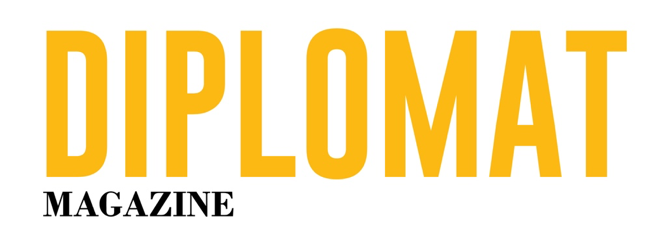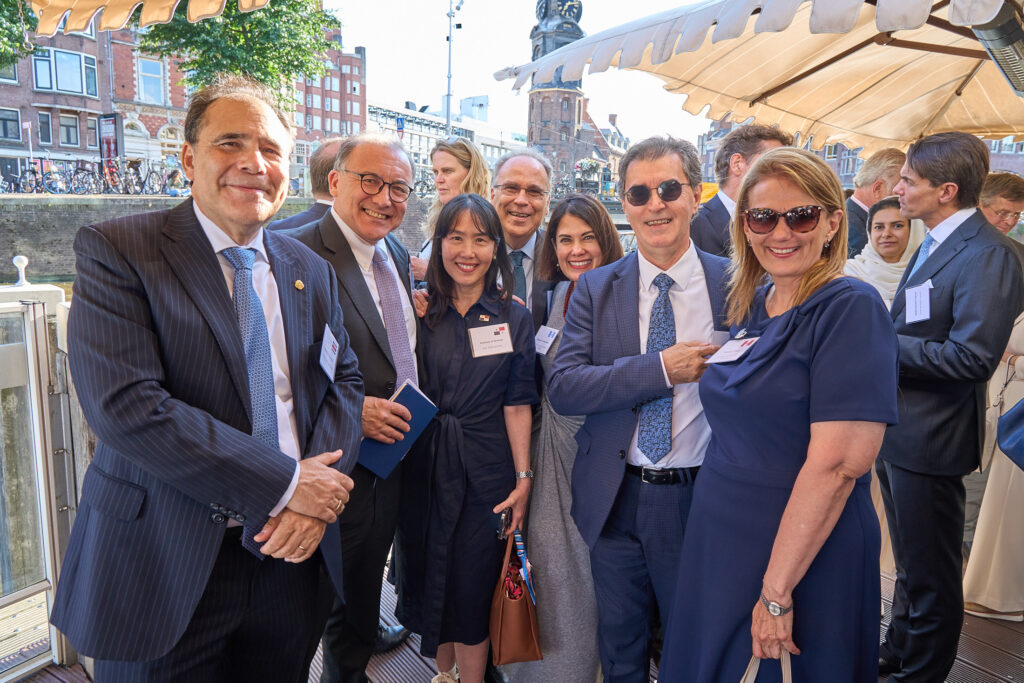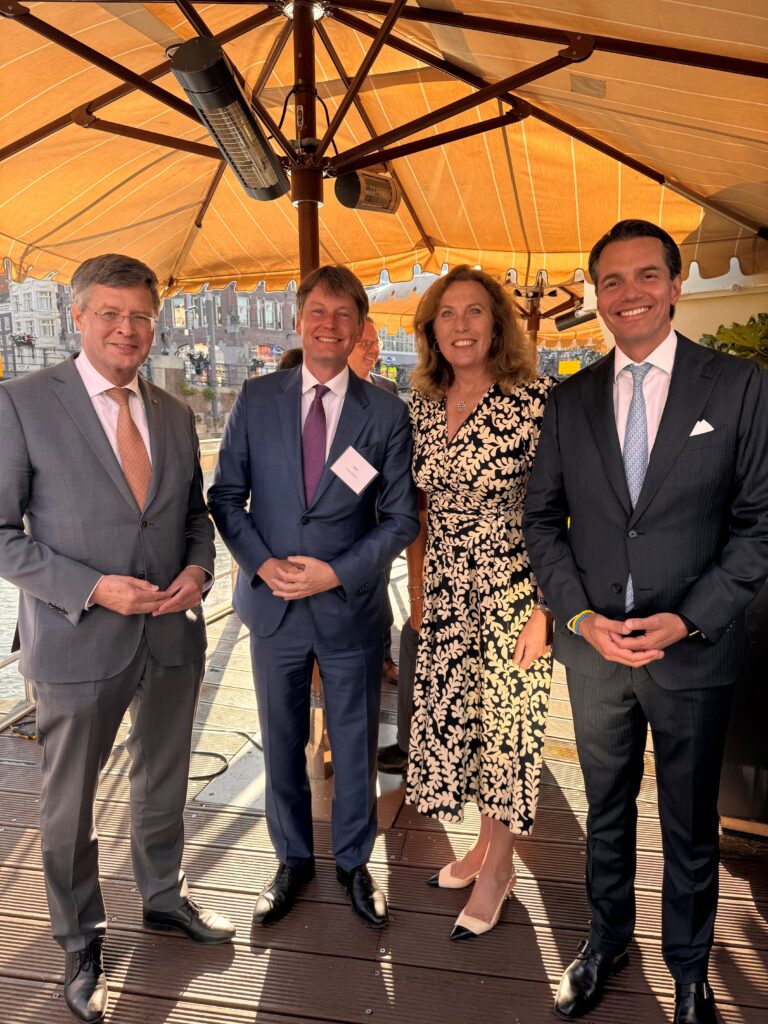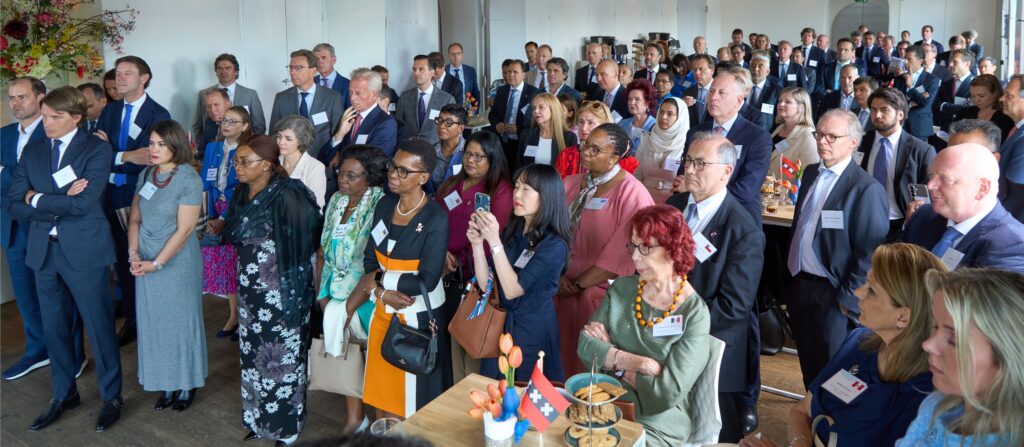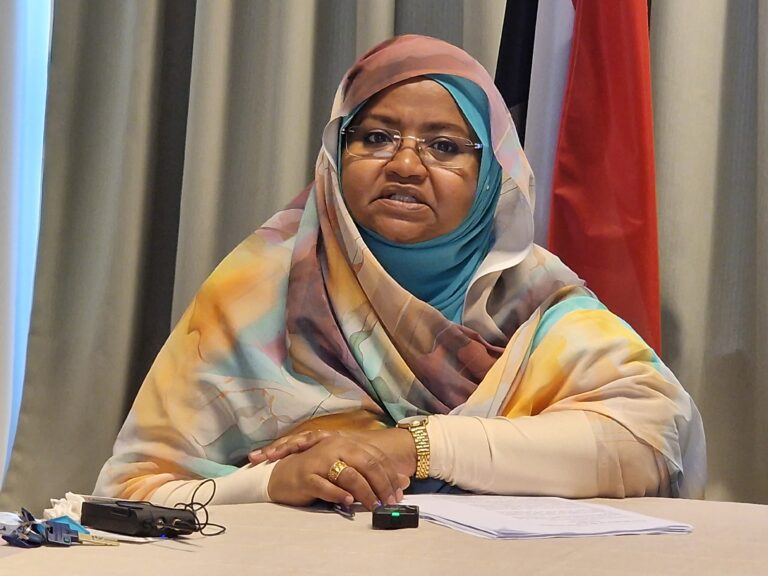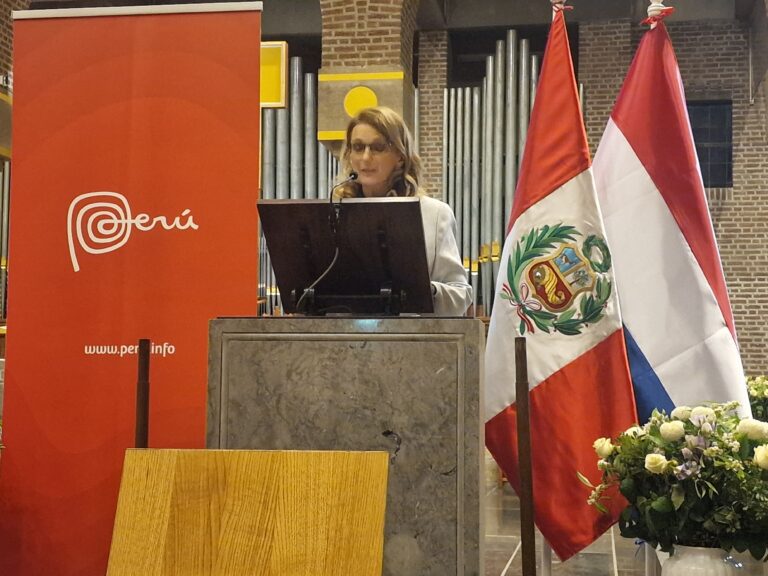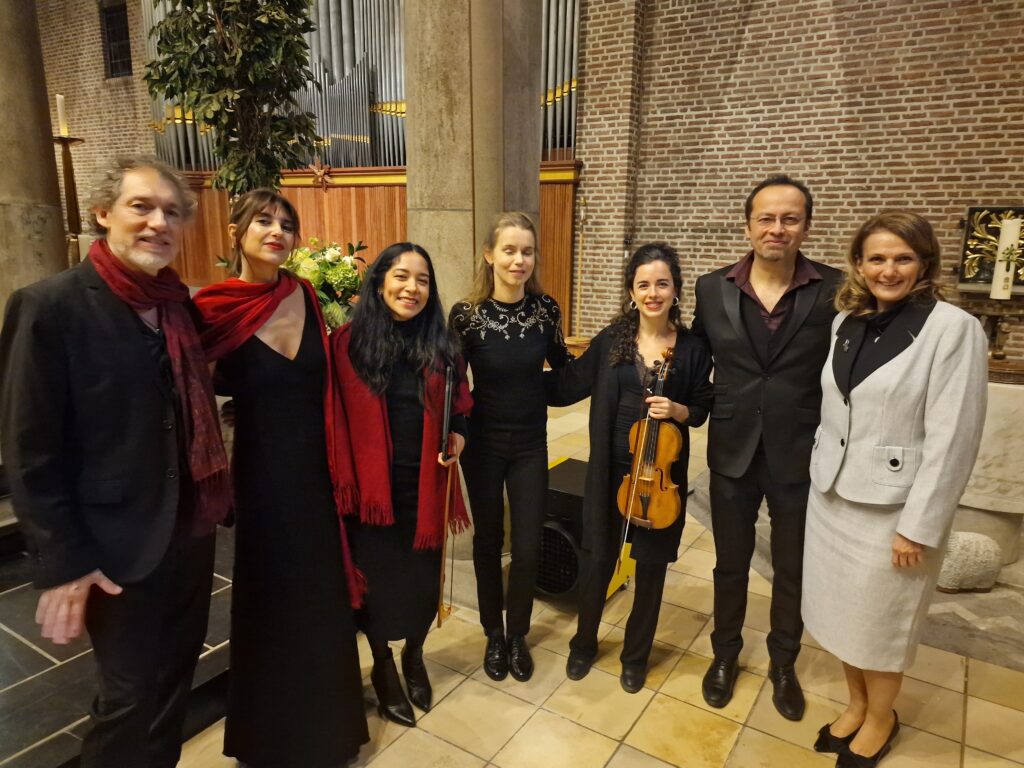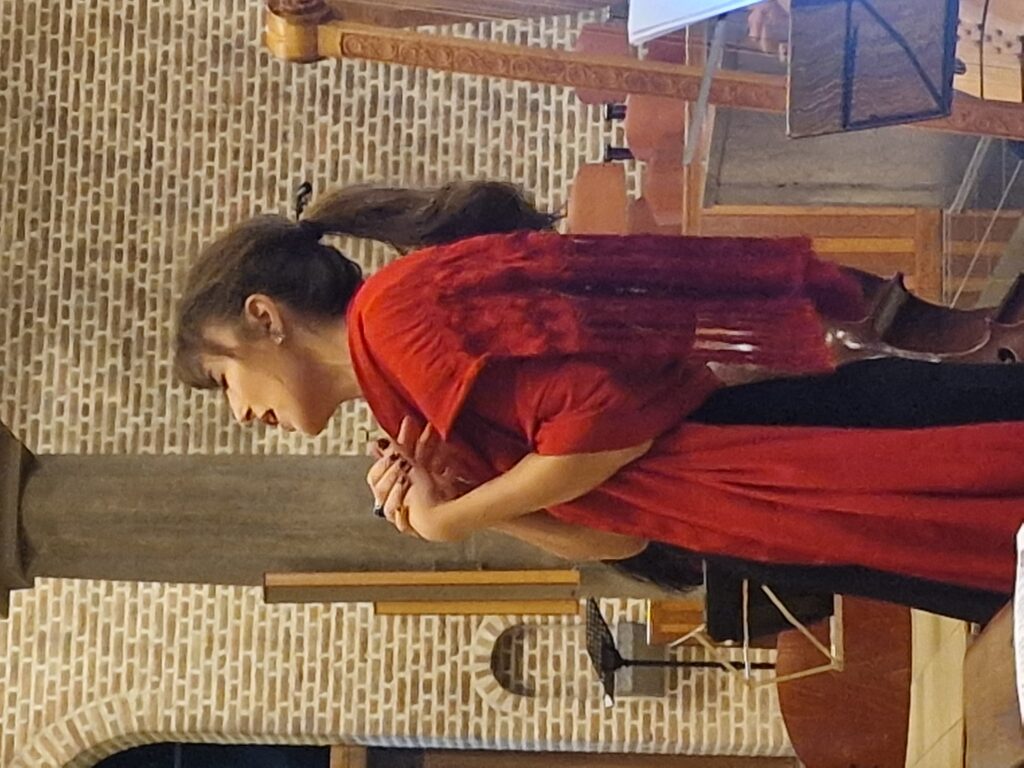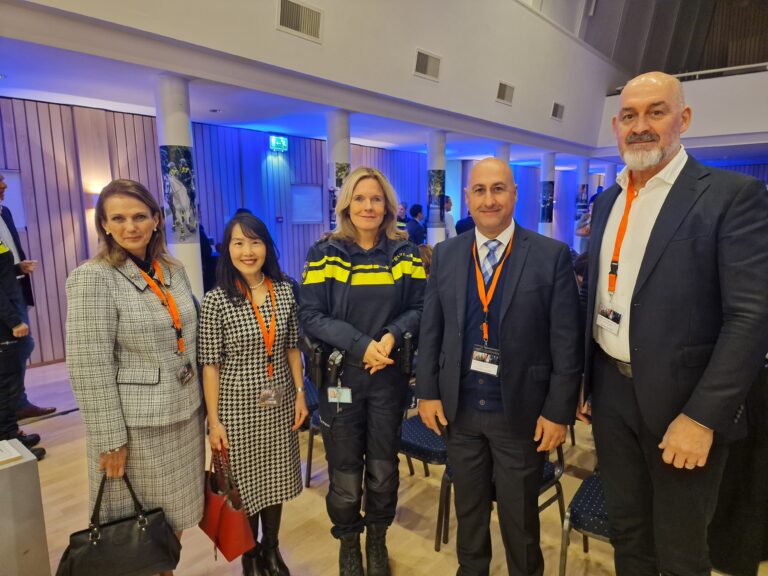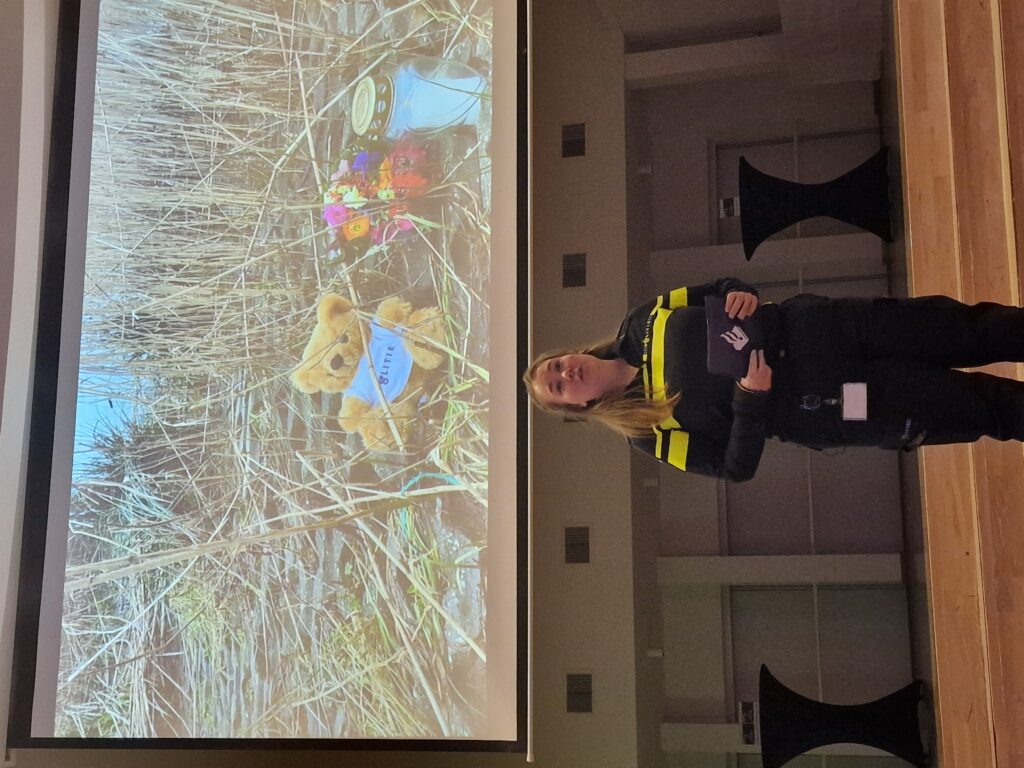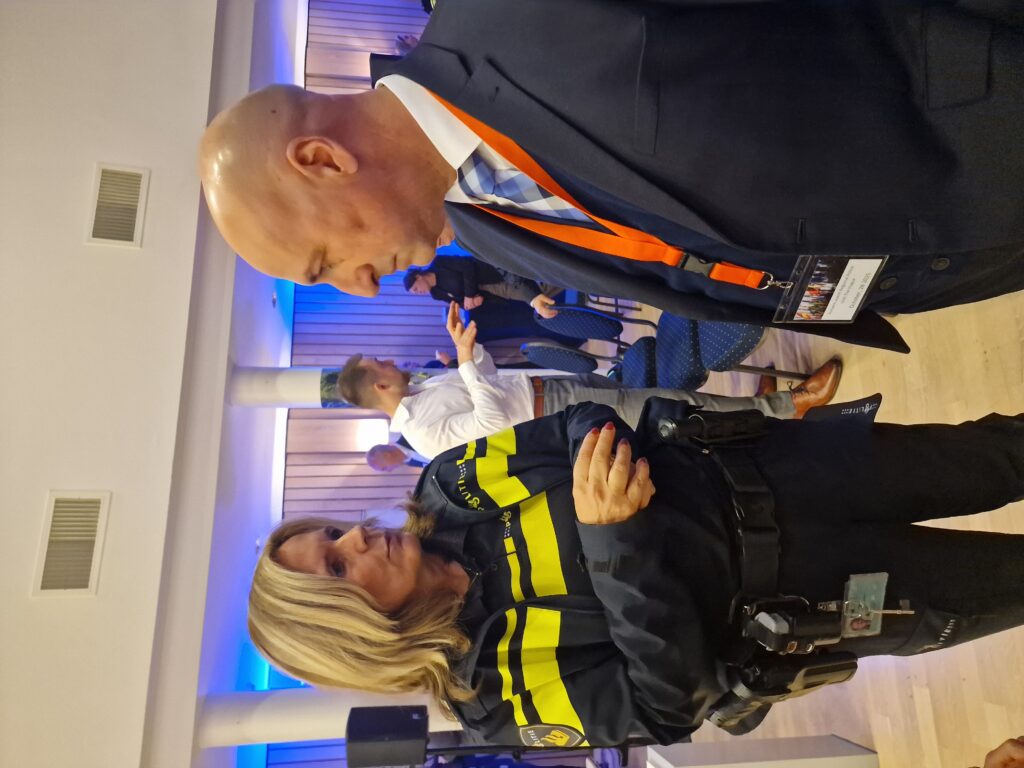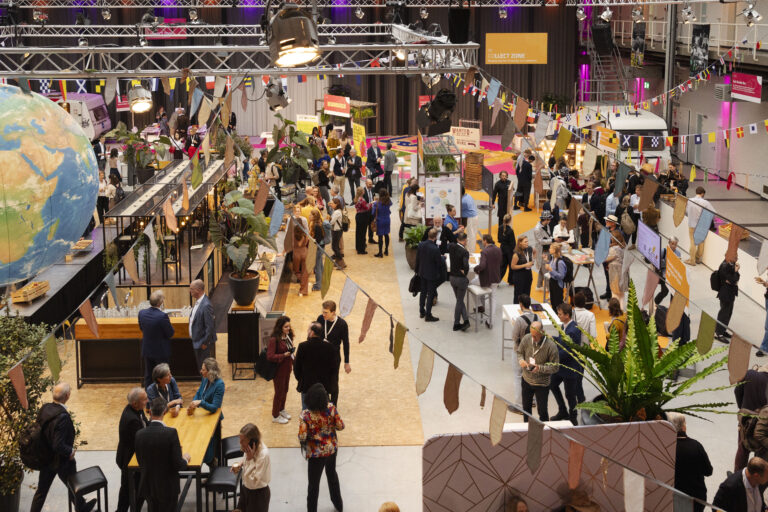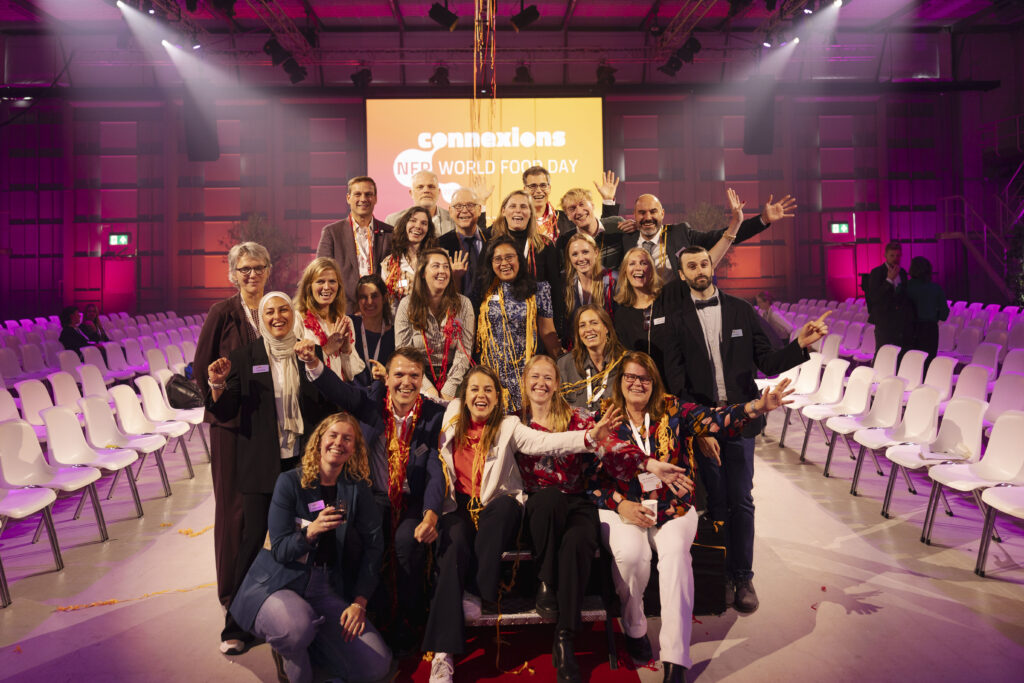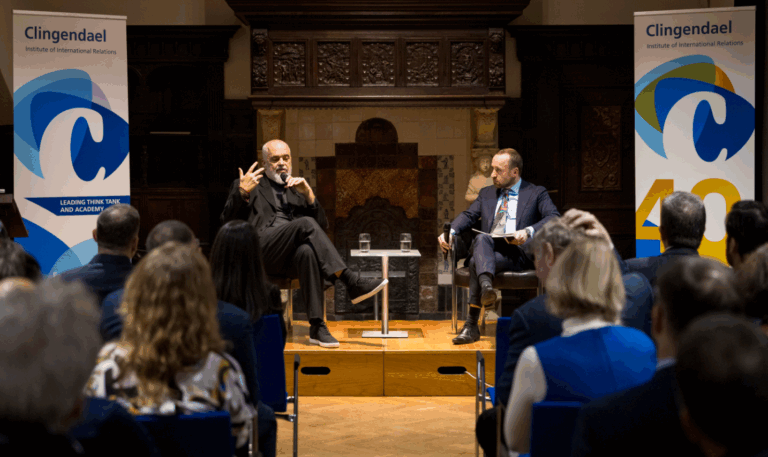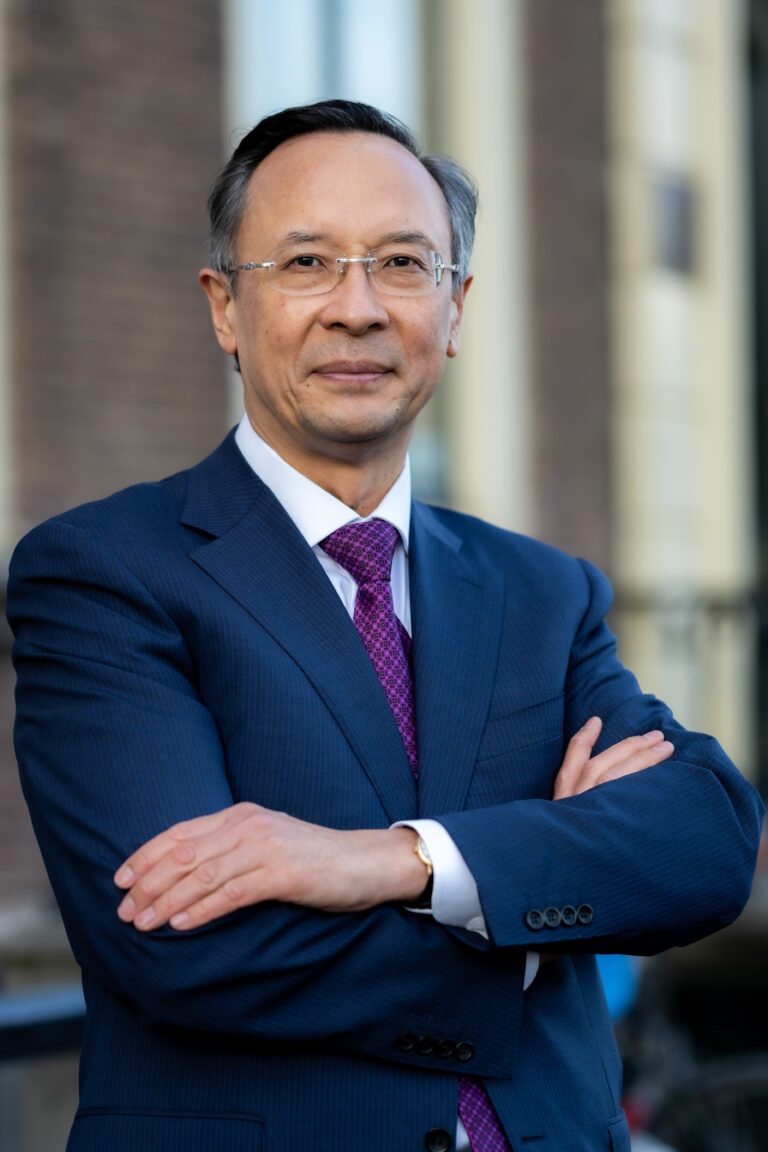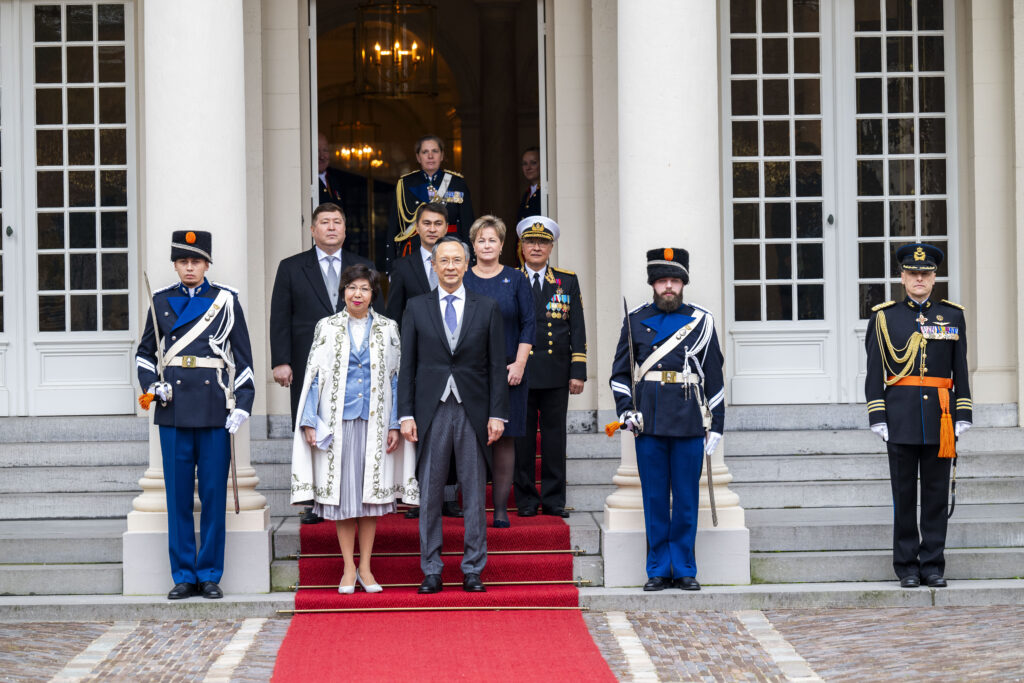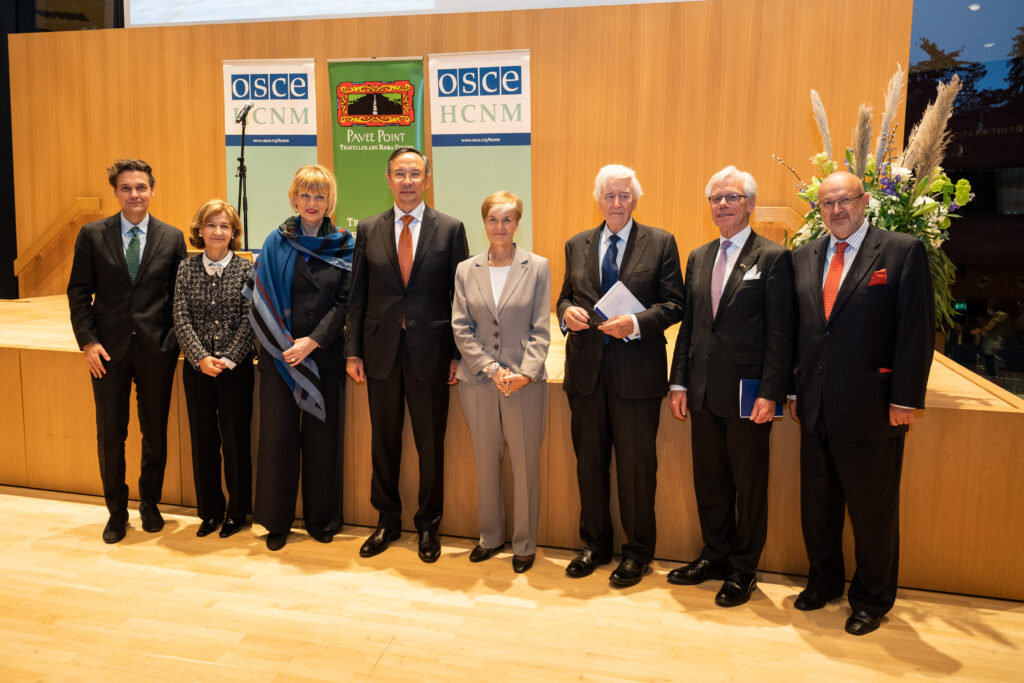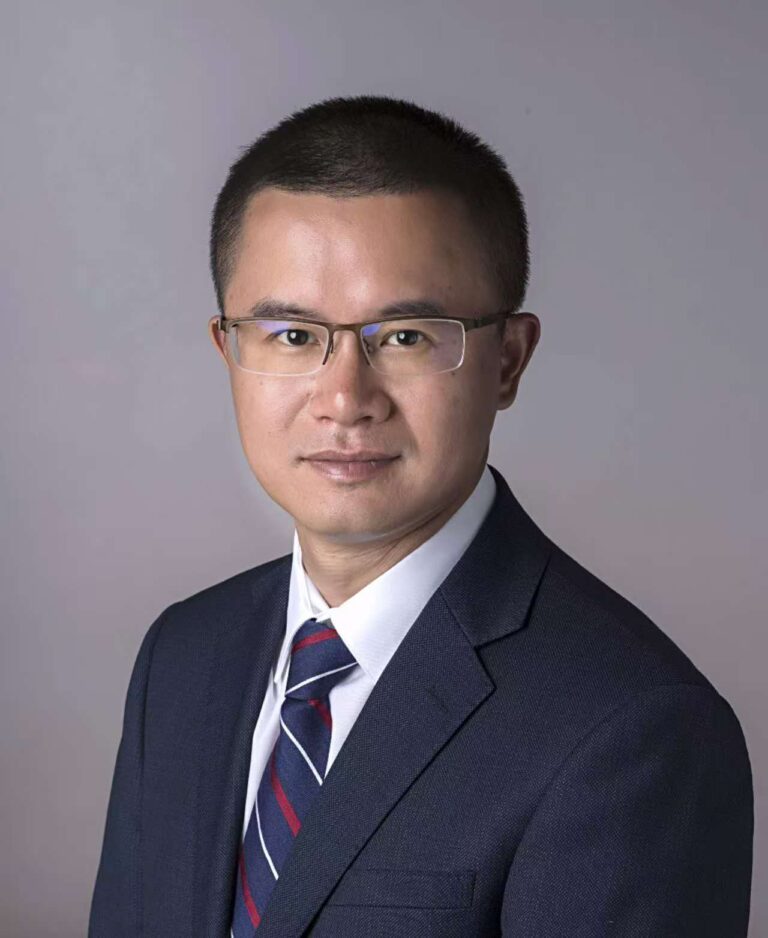“Syria is becoming the new laboratory of power in the Middle East, as Lebanon appears to be losing its traditional strategic role.”
By Lieutenant General Corneliu Pivariu (ret)
Syria 2025 – Strategic Context
In 2025, Syria re-emerges at the center of the Middle East strategic equation, yet in a radically different form from what the international community had grown accustomed to over the last quarter-century. The collapse of the order established by the Assad regime, the disintegration of the regional networks that supported it, and the rapid realignment of external actors have transformed the Levant into a fluid space undergoing a profound transition—one that is reshaping not only regional balances but also the parameters of global security. Syria is no longer the epicenter of a frozen conflict, but rather the pivot of a broader strategy through which Washington seeks to rebalance the Middle East amid its gradual withdrawal from acting as the direct guarantor of regional order.
Three recent developments have accelerated this paradigm shift.
The first is the end of the confrontation in Gaza[1], a moment that reconfigured the regional balance of power and decisively weakened Iran’s influence in the Levant by destroying a significant part of Hezbollah’s military infrastructure and eliminating the operational Iranian logistic corridor through Syria—its essential mechanism for supply and strategic projection.
The second development is Syrian President Ahmed al-Sharaa’s visit to Washington[2], the first official visit of a Syrian head of state[3] to the United States since Syria’s declaration of independence following the end of the French Mandate. It signals clearly the new Syrian leadership’s orientation toward international legitimacy through distancing from Tehran and repositioning itself closer to Washington and Ankara.
The third major paradigm shift, with direct impact on the Syrian file, is Crown Prince Mohammed bin Salman’s visit to the United States—a visit that marked Riyadh’s re-anchoring in its strategic relationship with Washington[4] after years of ambiguity, bilateral tension, and attempts to rebalance toward China. Saudi Arabia is once again assuming its role as a pivotal actor in the Middle Eastern security architecture and, implicitly, as the principal Arab guarantor of Syria’s reintegration after Assad. In the post-Gaza context and amid Damascus’s repositioning, Saudi Arabia’s return to the U.S. strategic orbit consolidates the emerging regional framework, limits Iran’s maneuvering space, and counterbalances Turkey’s growing influence over northern Syria.
This geopolitical shift reflects a pragmatic strategic logic: if the United States seeks to reduce its direct military footprint, it must build a regional system of responsibility-sharing in which local actors assume part of the burden of stability and security. From this perspective, a stabilized, reoriented Syria—integrated into a framework of cooperation with Turkey, Israel, and the Arab states—becomes a key element for preventing Iran’s return, reducing the need for direct U.S. presence, and facilitating the emergence of an autonomous regional architecture.
Parallel to this external repositioning, Syria faces severe internal structural fragility. The collapse of the Assad regime did not produce a robust institutional transition, but rather created a power vacuum managed through an arrangement dependent on Ankara. This reality reflects the Syrian state’s inability to function independently after more than four decades of personalized rule and deep reliance on Iranian military, financial, and ideological support. Iran’s strategic setback after Gaza, amplified by growing international isolation, has left Syria without its principal external pillar of support, forcing the search for alternatives.
Thus, in 2025 Syria finds itself in a dynamic process of accelerated repositioning: between the need for external legitimacy, Turkish pressure, Washington’s expectations, and the constraints imposed by Israel—all superimposed on the reality of an economy in collapse, an exhausted population, and a political elite only now emerging following the disappearance of the old system.
In this context, Russia’s influence has diminished drastically. Unlike in 2014–2018, when Moscow could project power, manage Syrian airspace, and protect the Assad regime, Russia in 2025 is a militarily weakened, internationally isolated, and financially strained actor, preoccupied with its own front in Ukraine. Its role has become secondary—almost symbolic—and its ability to shape Syria’s trajectory has declined in parallel with the deterioration of its global position.
At the same time, Iran is experiencing its most severe strategic setback in two decades, having lost its operational levers in Syria and the critical connections that sustained Hezbollah. The elimination of the land corridor between Tehran and the Mediterranean, the destruction of missile depots in Lebanon, the weakening of Quds Force capabilities, and regional isolation have dismantled what was once the “axis of resistance.” The new Syrian leadership neither seeks nor is capable of returning to such an arrangement.
By contrast, Israel enters a phase of reorganized power, with its priorities recalibrated around two objectives: preventing Iran’s return to Syria and managing the risks associated with Turkey’s rise as the dominant actor in northern Syria. The emergence of a Sunni Syrian regime supported by Turkey is not a comfortable scenario for Tel Aviv, but it is considerably preferable to an Iranian one. Consequently, Israel is pursuing a pragmatic understanding with Ankara and Washington, aimed at ensuring a minimum framework of stability and preventing the military strengthening of potentially hostile groups.
Overall, Syria in 2025 becomes the testing ground of a strategic experiment: can a former clientelist dictatorship, devastated by a decade of war, be integrated into a new regional architecture that allows the United States to gradually withdraw without creating a new security vacuum?
This is the central question guiding the calculations of regional and global actors:
– Turkey sees Syria as the main arena for its neo-Ottoman project;
– the United States seeks a viable model of burden-sharing;
– Israel aims for a non-Iranian buffer zone;
– the Arab states want Syria reintegrated into a predictable order;
– Russia and Iran strive, each in its own way, to limit their losses.
Consequently, Syria is no longer merely a crisis file—it is a geopolitical key to understanding the future order of the Middle East.
Main Strategic Directions of the Syrian Transition
Identity, Religion, Legitimacy, and the Disintegration of the Iran–Syria–Hezbollah Axis
The reconstruction of post-Assad Syria cannot be understood without examining the new identity and religious equation that is beginning to take shape as the Iran–Syria–Hezbollah axis — the structure that sustained Iranian influence in the Levant for more than two decades — progressively erodes. For years, the Assad regime relied on three external pillars: Iranian military and financial support, Hezbollah’s capabilities, and the political-military umbrella provided by Russia. Within only a few years, all of these pillars have been deeply weakened, but Iran is the actor that has suffered the most severe setback, with structural implications for Syria’s future.
The confrontation in Gaza accelerated this transformation. The degradation of Hezbollah’s military infrastructure[5] — the elimination of missile depots, the loss of its leader and of many senior and operational cadres, and the disruption of logistical flows — has turned the organization from an offensive actor into a defensive one focused on survival. This evolution decisively limits Tehran’s ability to project strategic influence to the Mediterranean and directly affects its leverage in Syria.
At the same time, Syria is undergoing a subtle but profound shift in internal legitimacy. After five decades of political and institutional dominance by the Alawite minority, the new geopolitical and demographic environment favors the emergence of a pragmatic Sunnism, less ideologically charged, oriented toward stability, regional reintegration, and international recognition. Within Syria’s elites, a slow but perceptible consensus is emerging: the survival of the state requires an identity reset in which sectarianism can no longer serve as the exclusive foundation of power.
The new confessional balance does not imply the marginalization of minorities, but rather a return to the natural structure of Syrian society, in which the Sunni community represents nearly two-thirds of the population. The emerging model is one of pragmatic governance, oriented toward consensus and stability, where religion reduces its role as an instrument of domination and takes on a function of communal identity managed through coexistence.
This reshaping of legitimacy has generated the emergence of new aspirational groups inside Syria: Sunni economic elites from Aleppo and Hama, moderate administrative cadres from Damascus, and technocrats marginalized over the past two decades. Together, they form the nucleus of a new political class interested in Syria’s reintegration into the Arab system and in rebalancing its relations with Turkey, the Arab states, and the United States.
Overall, this axis reveals the foundational elements of Syria’s transformation: the dissolution of the Iranian model of control, the rise of a moderate Sunni political identity, and the emergence of an elite seeking integration into the regional order rather than resistance against it.
The Military-Strategic Dimension of Syria After the Collapse of the Assad System
If identity and legitimacy define the symbolic framework of change, the military dimension is the arena where transformation manifests most directly. Post-Assad Syria is a state in which the traditional army has been practically dismantled, and the positions it once occupied have been filled by external actors with divergent agendas.
The first fundamental element is Iran’s retreat. For the first time since 2013, Tehran no longer has the operational capacity to maintain military infrastructure in Syria. The Iraq–Syria–Lebanon logistical network has been largely neutralized, the Quds Force no longer enjoys freedom of movement, and pro-Iranian militias have lost cohesion. Without a strong Syrian ally and an efficient proxy network, Iran has become a marginal actor.
Russia, for its part, has drastically reduced its military presence. The Hmeimim airbase[6] functions more as a vestige of a bygone era than as a genuine center of power. A similar situation exists at the Tartus naval base[7]. The resources required for major operations are lacking, and Moscow’s influence on internal dynamics is minimal. Syria is no longer a primary strategic theater for Russia but rather a secondary file managed with minimal resources.
In this vacuum, Turkey has become the de facto main military actor in northern and northwestern Syria. Ankara controls key territories, manages local militias, oversees security infrastructures, and supports the reorganization of Syrian forces aligned with the al-Sharaa regime. Its regional ambitions transform Turkey into the informal architect of the new security order in northern Syria, making its role indispensable in the current strategic environment.
Israel, in parallel, has acquired extensive operational freedom in southern Syria[8], which it uses not only to prevent the reinstallation of Iranian infrastructure and maintain a strategic buffer zone, but also to indirectly influence Syria’s internal dynamics. Through selective support to certain local communities — particularly segments of the Druze in Jabal al-Druze and in areas near the border — Israel seeks to exert pressure on Iranian presence and on the regime’s capacity to control the south. This type of influence projection, tacitly tolerated by Washington and Ankara, represents one of the major strategic evolutions in the Levant, as it combines freedom of military action with tools of political and social shaping at the local level.
The United States, finally, applies in Syria a strategy of “outsourcing order.” The stabilization of the country is delegated to a network of local actors — Turkey, Israel, and the Arab states — each with complementary roles. Washington does not seek to return militarily but to turn Syria into a laboratory for a new security model based on genuine burden-sharing.
This direction shows that Syria is no longer a chaotic battlefield but a strategic space in which regional actors exercise differentiated influence and overlapping interests.
Economic Reconstruction: Between Systemic Destruction and the Competition of External Actors
Syria’s economy enters the post-conflict phase in a state of structural collapse. After fourteen years of war, over 40% of urban and industrial infrastructure is destroyed, energy and transport networks function only partially, and total economic losses are estimated at 325–400 billion USD. The Syrian currency has lost 99% of its value. Agriculture — once one of the main sources of export before 2011 — has suffered a dramatic decline, with uncultivated land, devastated irrigation systems, and a significant reduction of the workforce due to mass migration. The chemical, textile, and pharmaceutical industries, once competitive, have been reduced to scattered enclaves controlled by various local actors.
In this context, Syria’s reconstruction is not merely a financial process but a strategic arena where regional and global interests collide. Iran, Russia, Turkey, the United Arab Emirates, and, in specific sectors, China, seek preferential access to infrastructure projects, energy, ports, rail networks, and urban reconstruction. Yet many plans devised between 2017 and 2021 have become obsolete due to territorial changes or internal political instability. Damascus, confronted with severe international sanctions and a weakened administration, lacks the capacity to coordinate a coherent national reconstruction program.
Realistic estimates indicate that the reconstruction process[9] will require at least 15–20 years, beginning only once political and security stabilization is achieved — conditions that remain uncertain. In the absence of a broad international agreement and a functional institutional framework, Syria risks a “fragmented reconstruction” model, in which each external actor invests only in areas under its own control or influence. This would perpetuate the country’s economic fragmentation and turn reconstruction into a long-term geopolitical instrument.
The Regional Balance: The United States, Turkey, Israel, Iran, and Saudi Arabia in the Game of Redesigning Syria
This axis concentrates the essence of the 2025 strategic dilemma: how can Syria become the pivot of a new regional system when the ambitions of the actors involved differ and their interests overlap only partially?
For the United States, Syria is the testing ground of a new paradigm: if a devastated state can be reintegrated through coordinated regional efforts, then the American withdrawal can continue without the risk of creating a new vacuum. The Syrian president’s visit to Washington symbolizes this pivot and Syria’s re-entry into the Western sphere.
For Turkey, Syria represents the core of its geopolitical project. Ankara does not seek total control but structural influence: reorganizing security policies, supporting Sunni networks, and maintaining key positions in the north allow it to shape Syria’s political and military architecture.
Israel views Syria as a space of controlled risk. Although a Sunni state supported by Turkey raises questions about long-term stability, it is preferable to an arrangement dominated by Iran. Thus, Israel pursues a strategy of minimal stabilization without political or military dependence.
Iran is the major loser. Economically weakened, internally contested, and deprived of the ability to project power in Syria and Lebanon, Tehran no longer possesses the essential instruments required to influence the Levant.
Saudi Arabia, supported by Pakistan, seeks to balance Turkey’s rising influence — not through military means but through economic resources and Arab legitimacy, both essential for the reconstruction process.
This direction shows that Syria is not merely the intersection point of competing interests, but the pillar on which the emerging new regional order is being tested.
Strategic Conclusion: Syria as a Pivot of the New Regional Order
In a remarkably short period, Syria has evolved from a collapsed state manipulated by external powers into the pivot of a regional strategy aimed at redefining the balance of power in the Middle East. This transformation does not stem from internal reforms, but from the convergence of three dynamics: the weakening of Iran and Russia, the pragmatic repositioning of Syria’s new leadership, and the shift in the American security paradigm toward the outsourcing of order.
For Washington, the success of integrating Syria into a regional cooperation system — led by Turkey and secured by Israel and the Arab states — represents the decisive test of a new model of controlled withdrawal.
For Turkey, Syria is the center of its regional ambitions.
For Israel, it is a space of manageable risk.
For Saudi Arabia, a field of counterbalancing.
For Iran and Russia, an almost irreversibly lost file.
For Syria itself, this is a rare opportunity to transform the external context into minimal internal stabilization and a gradual reintegration into the regional order.
In this sense, Syria becomes not just a foreign policy file, but an indicator of the future regional order in the Middle East — a test of the ability of local and global actors to sustain stability within an international system undergoing reconfiguration.
Brașov, 24 November 2025
Selective Bibliography
- International Crisis Group. Syria: Shoring Up Fragile Lines of Authority. ICG Middle East Report, 2024.
- UNESCWA & World Bank. Syria Damage and Needs Assessment (DANA): 2024 Update. Beirut/Washington, 2024.
- UNICEF. Syria Humanitarian Situation Report. June 2025.
- Institute for the Study of War (ISW). Iran’s Declining Influence in Syria and the Fragmentation of Its Regional Network. ISW Report, 2024.
- Carnegie Middle East Center — Aron Lund. The Remnants of the Syrian State: Power, Fragmentation and Survival. Carnegie, 2023–2025.
- Chatham House — Lina Khatib. Syria’s New Political Landscape After Assad. Middle East Programme Paper, 2025.
- RAND Corporation — Jeffrey Martini et al. Turkey’s Strategy in Northern Syria: Objectives, Constraints and Prospects. RAND, 2024.
- IISS – International Institute for Strategic Studies. Middle East Strategic Survey 2025. London, 2025.
- Middle East Institute (MEI) — Charles Lister. The Future of Syria After Iran’s Strategic Retreat. MEI Policy Paper, 2025.
- Reuters / AP News Dossiers. Saudi Arabia–U.S. Strategic Reset & the Regional Implications for Syria. News Analysis Series, November 2025.
[1] The confrontation in Gaza ended with the acceptance, in early October 2025, of the preliminary agreement that established a ceasefire, a prisoner exchange, and the beginning of a gradual demilitarization process. This arrangement was later formalized through the UN Security Council Resolution of 17 November 2025 (13 votes in favor and two abstentions—Russia and China), which set an international stabilization framework for the Gaza Strip, including the creation of a transitional authority, the deployment of an international security force, and the cautious opening of a political horizon regarding the future status of the Palestinians. The situation, however, remains far from definitively resolved.
[2] In his first public interview during the Washington visit (Washington Post, 11 November 2025), Syrian President Ahmed al-Sharaa outlined the strategic axes of the new Syrian leadership and the parameters of a potential “conditional normalization” with the United States. His stated objective: rebuilding bilateral relations and lifting sanctions—talks that have been “ongoing” for several months. He confirmed the existence of approximately 250,000 missing persons and announced cooperation with the United States, including the handover of a recently released individual.
Al-Sharaa presented his past as a combatant as an act of “defending the country” and described the difficult transition after decades of dictatorship, emphasizing Syria’s tradition of religious coexistence. He proposed that U.S. forces in the east monitor the integration of the SDF into state structures, after which Syria would take full responsibility for territorial security—an arrangement requiring guarantees for the Kurds and Turkish approval.
Regarding Israel, he accused it of violating the 1974 disengagement agreement, expelling the UN mission, expanding territorial control, and carrying out over 1,000 airstrikes after 8 December, including one targeting the Presidential Palace. He stated that Syria did not retaliate in order not to jeopardize reconstruction. He declared that Iran and Hezbollah had been removed from Syria, and that direct negotiations with Israel—mediated by the United States—were underway; Damascus’s condition is a return to “pre-8 December” lines.
His positioning toward Russia remained ambiguous: while he claimed that Syria had been “at war with Russia for ten years,” he also acknowledged dependence on Russian diplomatic support in the UN and the need to maintain a pragmatic relationship, including regarding the Assad file.
[3] The unusual perfume incident—in which the U.S. president sprayed fragrance on Ahmed al-Sharaa in the Oval Office—was interpreted differently across the main capitals. In Washington, it was seen as a blend of the American president’s trademark informality and a symbolic gesture of rapprochement, though some analysts perceived nuances of protocol dominance. In Damascus, the moment was viewed as a confirmation of Syria’s international reintegration, even if the unconventional style appeared to some to downplay the gravity of the strategic context. In the Gulf capitals, the scene was interpreted as a signal of thaw between Washington and Damascus, with implications for the regional architecture, though not without skepticism about the balance between symbolism and substance. In Moscow, by contrast, the episode was seen as a sign of Russia’s waning influence in Syria—a symbolic assertion of American dominance over a leader whom the Kremlin had long considered, at least implicitly, within its sphere of influence, further confirming Russia’s marginalization in the Levant.
[4] The official visit of Mohammed bin Salman to Washington marked the consolidation of the Saudi-American strategic relationship, with the U.S. announcing its intention to sell F-35 aircraft to Saudi Arabia and to designate the kingdom as a “major non-NATO ally.” Discussions included cooperation in defense, advanced technologies, civilian nuclear energy, and investment in critical infrastructure. Although no immediate normalization with Israel was announced, the visit signaled MBS’s return to the diplomatic center of gravity in Washington and reaffirmed Saudi Arabia’s indispensable role in the Middle Eastern security architecture.
[5] In September 2024, a two-stage attack against Hezbollah took place. On 17–18 September, explosions in pagers and radio devices used by the group—attributed by Israeli media to Mossad—injured around 1,500 fighters and disrupted Hezbollah’s communication network. On 27 September, an Israeli airstrike in Beirut’s Dahieh suburb targeted Hassan Nasrallah, the Hezbollah leader, killing him along with several senior commanders and nearly half of the group’s military council.
[6] In autumn 2025, Russia resumed regular military flights to the Hmeimim Air Base after a months-long pause, sending heavy transport aircraft (Il-62, An-124) and new equipment shipments via the Tartus–Latakia logistical route. Moscow is attempting to consolidate its presence in Syria while negotiating the long-term status of the Hmeimim and Tartus bases amid a shifting Syrian political context. Though the infrastructure remains operational, the base faces growing vulnerabilities: logistical pressure, the risk of attacks, and uncertainty surrounding bilateral agreements with Damascus.
[7] By 2025, the status of the Russian base at Tartus had become uncertain after the new Syrian government annulled the commercial management agreement for the port and launched renegotiations over Russia’s access rights. Satellite imagery from early 2025 shows the withdrawal of part of the Russian equipment and reduced logistical activity, and Russia’s naval presence has shrunk to 1–2 support and patrol vessels, without major deployments of the Black Sea Fleet or the Mediterranean Squadron. Although the base remains functional, its strategic role is in decline, and Russia operates there in a restricted posture under the pressure of political negotiations with Damascus.
[8] Israeli Prime Minister Benjamin Netanyahu’s visit to southern Syria on 19 November 2025, in areas under Israeli control, brought back into focus the issue of the occupied territories and the expansions carried out after the collapse of the Bashar al-Assad regime on 8 December 2024. The Golan Heights were occupied by Israel in June 1967, and the de facto annexation was formalized through the Golan Heights Law of 14 December 1981, recognized internationally only by the United States.
After 2024, Israel expanded its military presence beyond the 1974 ceasefire line, occupying significant segments of the buffer zone previously monitored by UNDOF, including parts of Quneitra, Daraa, Suweida, and the Yarmouk basins. Estimates range from 400 km² (The Guardian) to 600 km² (Etana), in addition to the approximately 1,200 km² previously controlled in the Golan.
A distinct strategic element is Mount Hermon. Israel already controlled the southern slopes, but after December 2024 it established new military posts on the Syrian side, reinforcing a dominant position over the Syrian-Lebanese borders and regional logistical corridors. The presence of Israeli officials in these areas, including Netanyahu, is perceived in Damascus as political legitimization of a contested status quo and a direct violation of Syrian sovereignty. For Israel, control over southern Syria and Mount Hermon is presented as a security asset meant to prevent the regrouping of Iranian or pro-Iranian forces; for Syria, however, accepting these realities would amount to a severe loss of sovereignty with major internal repercussions.
[9] Aleppo and Homs have become emblematic of the scale of urban destruction in Syria. In Aleppo, years of siege and bombing (especially 2012–2016) turned entire districts—particularly the eastern part—into fields of ruins: international assessments indicate tens of thousands of damaged or collapsed buildings, with massive destruction in the old city, where much of the souk, mosques, and historic buildings are either severely damaged or completely destroyed. Reconstruction of basic infrastructure (water, sewage, healthcare, transport) is progressing slowly, unevenly, and underfunded, preventing a significant portion of the displaced population from returning under minimally safe and decent conditions.
Homs, the third-largest city, suffered a similar fate: prolonged bombardments leveled entire districts, with tens of thousands of buildings either destroyed or severely damaged. Previously dense areas have been reduced to hollow structures—roofless, without utilities, with streets blocked by debris. Even though the frontline has vanished, the “post-war war”—lack of funding, sanctions, investor distrust, and legal insecurity—means that reconstruction remains more declared than real. In both cities, the destruction is not only physical but also social: the rupturing of community ties, the exodus of the middle class, and the loss of human capital further complicate any realistic short- or medium-term urban recovery strategy.







